Xiaomi & Amazfit Fitness Trackers: Health & Disease Prevention Guide
Xiaomi and Amazfit Fitness Trackers: Your Path to Better Health and Disease Prevention
In today’s fast-paced world, staying healthy can feel like a constant uphill battle. We’re bombarded with information, and it’s easy to feel overwhelmed when trying to make better lifestyle choices. But what if a little piece of tech, sitting right on your wrist, could make a huge difference? That’s where Xiaomi and Amazfit fitness trackers come in. These aren’t just fancy gadgets; they’re becoming essential tools for understanding our bodies, staying active, and even helping us dodge some serious health issues down the line.
At xiaomiforall.com, we’re all about making Xiaomi’s incredible tech accessible and easy to grasp for everyone, everywhere. So, let’s dive into how these smart bands from Xiaomi and Amazfit are quietly revolutionizing personal health and why they might just be your next best investment for a healthier you.
What Exactly Are Fitness Trackers, and Why Should You Care?
Think of a fitness tracker as your personal health sidekick. It’s a wearable device that’s designed to keep tabs on all sorts of important health and activity metrics. We’re talking about the basics like how many steps you’ve taken, how many calories you’ve burned, and how well you’ve slept. But modern trackers go way beyond that. They can monitor your heart rate around the clock, check your blood oxygen levels, even gauge your stress levels, and some can even spot irregular heartbeats.
Brands like Xiaomi and Amazfit, which are actually linked through the Chinese company Zepp Health, have done an amazing job of bringing this tech to the masses. They offer devices that pack a serious punch in terms of features but don’t cost an arm and a leg. This has made them super popular globally.
Why is this so important right now? Well, if you look around, conditions like obesity, type 2 diabetes, heart disease, and sleep disorders are on the rise. It feels like we’re sitting more and not moving enough. Fitness trackers act as both a motivator and an educator. They nudge you to get up and move, and they give you real-time data that can help you make smarter choices about what you eat, how you sleep, and how much you exercise. From getting a handle on your sleep to catching potential heart issues early, these little devices are becoming a cornerstone of our well-being journey.
Five Key Benefits of Xiaomi and Amazfit Fitness Trackers
Let’s break down the real advantages of strapping one of these devices onto your wrist. We’re looking at concrete benefits that can genuinely impact your health and help keep diseases at bay, backed by what we know today.
1. Getting You Moving and Fighting Chronic Diseases
We all know exercise is king when it comes to fending off chronic conditions like obesity, type 2 diabetes, and heart problems. Xiaomi and Amazfit fitness trackers, like the upcoming Xiaomi Smart Band 9 or the versatile Amazfit Bip 6, are built to champion an active lifestyle. They meticulously count your steps, measure distance, and track calories burned. Crucially, they set daily goals that give you a tangible target to hit, making you more likely to get off the couch.
For example, the Xiaomi Smart Band 9 boasts over 150 activity modes. Whether you’re into brisk walking, marathon running, chilling with yoga, or taking a dip in the pool, there’s a mode for it. This personalization keeps things interesting. And it’s not just us saying this; a study published in the Journal of Medical Internet Research back in 2020 found that using fitness trackers is linked to a short-term boost in physical activity. Over time, this can translate into some serious wins for your heart and metabolic health. By setting achievable targets and sending little reminders to move, these devices are powerful weapons against the sedentary lifestyle that’s a major risk factor for so many illnesses.
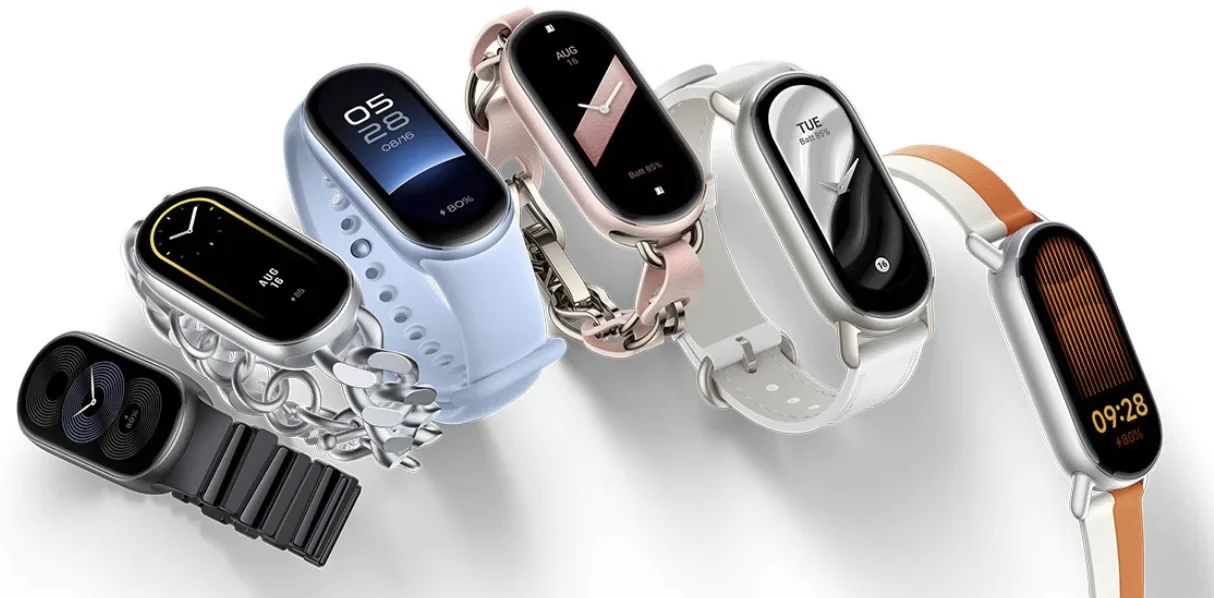
2. Heart Rate Monitoring and Early Detection of Cardiovascular Issues
One of the biggest game-changers in modern fitness trackers is their ability to continuously monitor your heart rate. Devices like the Amazfit Balance and the Xiaomi Smart Band 9 use advanced PPG (photoplethysmography) sensors to keep an eye on your heart rhythm in real-time. This means they can flag up anything unusual, like potential arrhythmias or heart rates that are consistently too high or too low. Back in 2018, the Amazfit Health Band 1S was already capable of detecting atrial fibrillation (AFib), a condition that can seriously increase your risk of stroke if left untreated.
Catching these issues early can be absolutely critical. According to research published in PMC in 2023, wearable devices that can detect AFib, such as those from Amazfit, have proven to be invaluable tools for identifying this condition, especially in people who might not even know they have it because they aren’t experiencing obvious symptoms. By giving you a heads-up about potential heart problems, these trackers can be the nudge you need to seek professional medical advice sooner rather than later, significantly reducing the risk of severe complications.
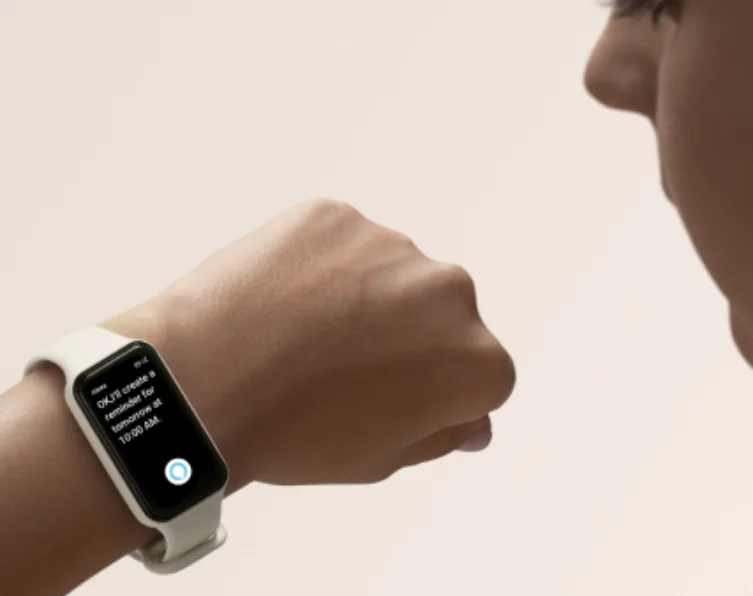
3. Improving Sleep Quality and Managing Stress
Sleep and stress are two massive pillars of our overall health. If either one is out of whack, everything else can suffer. Thankfully, Xiaomi and Amazfit fitness trackers really shine when it comes to monitoring both. Models like the Amazfit Bip 3 Pro and the Xiaomi Smart Band 9 provide detailed sleep analysis. They break down your sleep into light, deep, and REM stages, giving you an overall picture of your sleep quality. This insight is golden for understanding why you might feel tired and for making targeted changes, like adjusting your bedtime or improving your sleep environment.
What’s more, many devices, including the Amazfit Band 7, incorporate stress monitoring. This often works by looking at heart rate variability (HRV). When your stress levels spike, the tracker can alert you and even suggest guided breathing exercises or short meditations, often accessible right through the Zepp or Mi Fitness app. Chronic stress and poor sleep are strongly linked to conditions like hypertension and depression. So, by helping you manage these aspects of your life, these trackers aren’t just improving your day-to-day well-being; they’re also acting as proactive preventative measures.
4. Tracking Advanced Metrics for a Personalized Approach
These trackers aren’t just about counting steps anymore. Devices like the Amazfit Balance go further, offering sophisticated metrics such as the PAI (Personal Activity Intelligence) score. This score gives you a single, easy-to-understand number that reflects your cardiovascular health based on your activity levels and heart rate. It’s a fantastic way to see how your daily habits are contributing to your overall fitness. This personalized data empowers you to truly understand your body and how your lifestyle choices impact it.
Some models, like the Amazfit Cheetah Pro, are even geared towards serious athletes. They provide in-depth metrics like training load and recovery time, helping you train smarter and harder without pushing yourself into burnout or injury. This is crucial for preventing overtraining, which can lead to both physical injuries and potential cardiovascular strain. By providing this level of detail, these devices enable users to make informed, personalized decisions about their fitness journey.
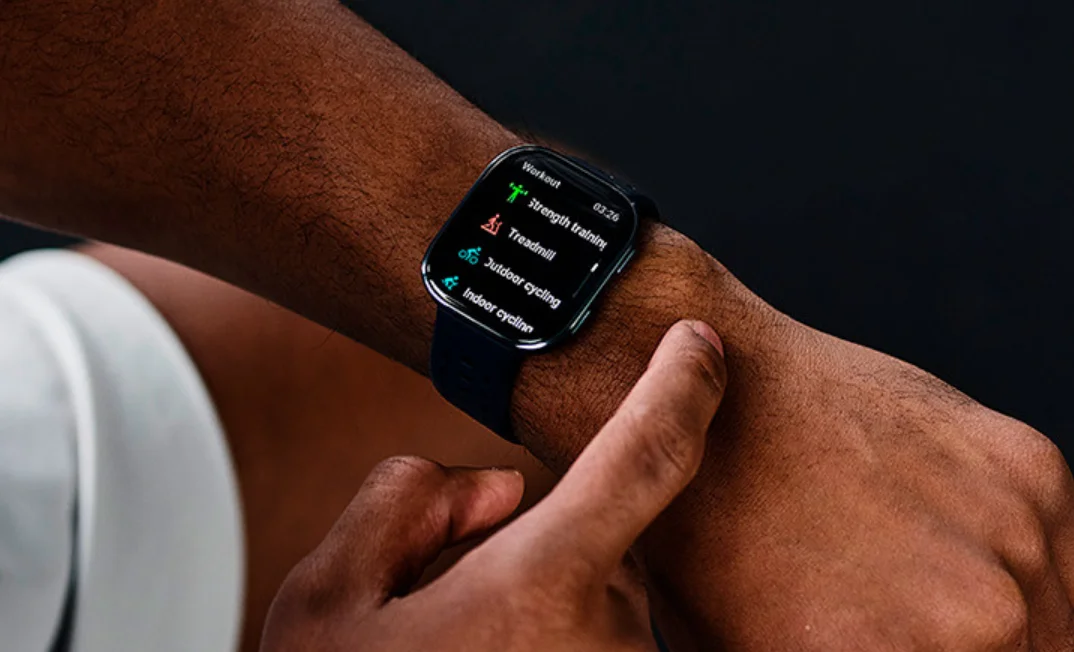
5. Making Health Tech Accessible and Motivating
Let’s talk brass tacks: price. One of the most compelling aspects of Xiaomi and Amazfit fitness trackers is how affordable they are compared to big-name competitors like Apple or Garmin. For well under $100, you can snag a device like the Xiaomi Smart Band 9 or the Amazfit Bip 3 Pro that offers features you’d typically find on much pricier gadgets. This affordability truly democratizes health monitoring, making it possible for people from all walks of life to embrace healthier habits.
And it doesn’t stop at the hardware. The accompanying apps, like Zepp and Mi Fitness, are generally user-friendly and offer clear visualizations of your data. This makes it easy to see your progress. Plus, features like notifications, achievement badges, and even social challenges within the apps create a gamified experience that can be surprisingly motivating. It turns the often-mundane task of staying healthy into something a bit more engaging and rewarding.
Three Accessible Devices for Everyone
So, you’re convinced, but where do you start? We’ve handpicked three fantastic fitness trackers from Xiaomi and Amazfit that hit that sweet spot of being affordable, feature-rich, and suitable for just about anyone. Whether you’re a complete beginner or a seasoned fitness enthusiast, these devices offer great value.
1. Xiaomi Smart Band 9 ($59)
As we look towards 2025, the Xiaomi Smart Band 9 is shaping up to be one of the most budget-friendly yet capable fitness trackers out there. Ringing in at around $59, this little powerhouse sports a bright 1,200 nits AMOLED screen, is water-resistant up to 5ATM (so go ahead and swim with it!), and boasts a battery life that can easily last up to 10 days. Check out its key features:
- Comprehensive Health Monitoring: Tracks your steps, heart rate, blood oxygen saturation (SpO2), sleep quality, stress levels, and even menstrual cycles.
- 150+ Activity Modes: From casual walks and intense runs to yoga and swimming, it caters to a vast range of activities.
- Cross-Platform Compatibility: Seamlessly syncs with both iOS and Android devices via the Mi Fitness app for in-depth data analysis.
While it might lack built-in GPS or some of the super-advanced smartwatch functions, its accuracy in core metrics like step counting and sleep tracking makes it an absolute steal for beginners or anyone looking for a reliable, no-frills tracker that won’t break the bank.
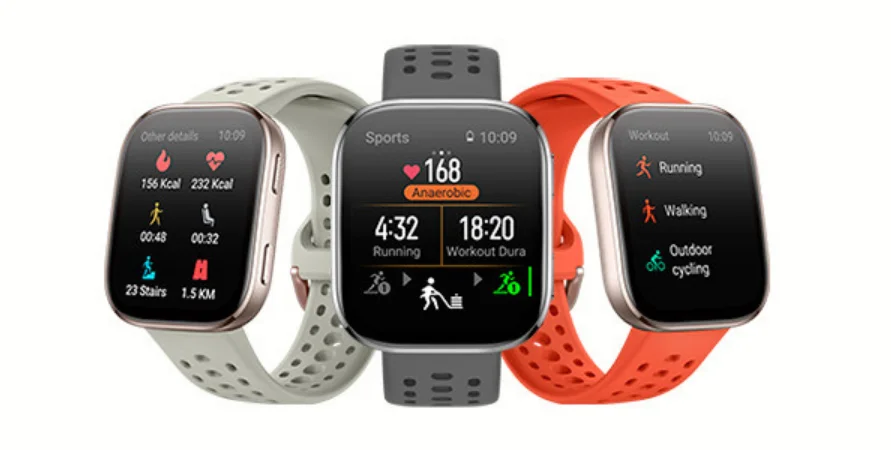
2. Amazfit Bip 6 ($80)
If you’re after a fitness tracker that also has a bit of that smartwatch flair, the Amazfit Bip 6 is a brilliant choice. For about $80, you get a crisp 1.97-inch AMOLED display, integrated GPS, and a battery that keeps going for up to 14 days. Here’s what makes it stand out:
- Built-in GPS: Perfect for runners and cyclists who want to track their routes accurately without needing their phone.
- Over 140 Sports Modes: Includes specialized activities like Hyrox training and various yoga practices.
- Smart Features: You can even make Bluetooth calls directly from your wrist and use NFC for things like public transport payments (availability may vary by region).
The Bip 6 really nails the balance between affordability, a solid feature set, and a stylish design. It’s a strong contender if you’re comparing it to more expensive alternatives.
3. Amazfit Band 7 ($50)
Looking for something ultra-lightweight and incredibly budget-friendly? The Amazfit Band 7 is your answer, typically priced around $50. This is an excellent option for iPhone users who need a dependable, basic fitness tracker. Its highlights include:
- 1.47-inch AMOLED Display: Bright and easy to read, though direct sunlight might pose a slight challenge.
- Advanced Health Monitoring: Features blood oxygen measurement, stress tracking, and 24/7 heart rate monitoring.
- Marathon Battery Life: Expect up to 18 days of typical usage, meaning you can forget about daily charging.
While it might have some minor limitations in tracking very intense activities with pinpoint accuracy, its value proposition is undeniable. For casual users or those just starting their fitness journey, it’s an outstanding choice.
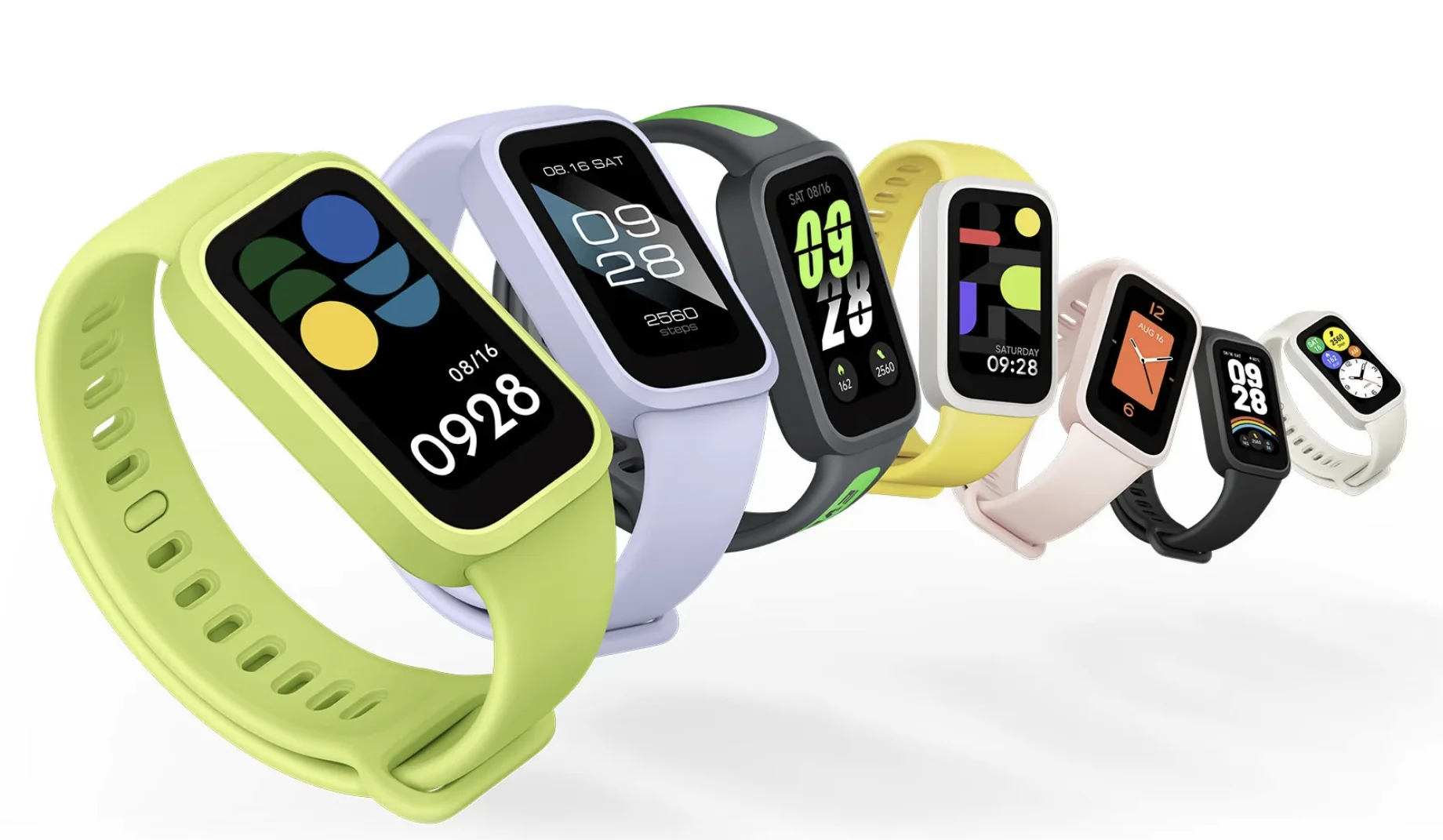
How Fitness Trackers Aid in Disease Prevention
Beyond just tracking your steps, Xiaomi and Amazfit fitness trackers are actively contributing to disease prevention in several key ways.
Guarding Against Cardiovascular Diseases
Continuous heart rate monitoring and the ability to detect irregular heartbeats, such as atrial fibrillation, are game-changers. Devices like the Amazfit Balance and Xiaomi Smart Band 9 can flag abnormal heart rates, prompting users to seek medical attention. Early detection of AFib, for instance, can be crucial in preventing devastating strokes, which impact millions worldwide.
Reducing the Risk of Diabetes and Obesity
Regular physical activity is the bedrock of preventing type 2 diabetes and obesity. Fitness trackers provide the motivation needed by encouraging users to hit daily step and activity goals. This consistent movement helps maintain a healthy weight and can improve insulin sensitivity. Additionally, metrics like calorie burn, available on devices like the Amazfit Bip 6, help users better balance their energy intake and expenditure.
Boosting Mental Well-being
Chronic stress and insufficient sleep are significant contributors to mental health issues like anxiety and depression. By monitoring stress levels and sleep patterns, Xiaomi and Amazfit devices empower users to identify problematic trends and take proactive steps. Whether it’s adopting relaxation techniques or refining sleep routines, these interventions can play a vital role in mitigating long-term mental health risks.
Early Warning for Respiratory Issues
Back in 2020, Zepp Health, the parent company behind Amazfit, collaborated on research using wearables to monitor respiratory illnesses. While not a primary focus for all current consumer models, the SpO2 (blood oxygen saturation) monitoring found in devices like the Xiaomi Smart Band 9 can offer valuable insights into respiratory health. In the context of infections like COVID-19, tracking SpO2 can potentially help in identifying early signs of concern.
Things to Keep in Mind and Limitations
Now, while these trackers are fantastic, it’s important to be realistic. They aren’t medical-grade devices, and their accuracy, especially for metrics like calorie burn or heart rate during very intense workouts, might not always match up to high-end sports watches from brands like Garmin or Apple.
Another area to consider is data privacy. Both Xiaomi and Amazfit (and by extension, Zepp Health) have faced scrutiny regarding privacy policies and how user data might be shared within their broader ecosystems. It’s always a good idea to review their privacy statements and adjust settings where possible (like opting out of marketing data sharing) to ensure your data is protected as much as you’re comfortable with.
The Takeaway: Your Health Journey, Enhanced
Xiaomi and Amazfit fitness trackers are doing something pretty remarkable: making advanced health and wellness technology accessible to everyone. They’re not just counting steps; they’re actively encouraging us to move more, understand our bodies better, and potentially catch serious health issues early. With options like the Xiaomi Smart Band 9, Amazfit Bip 6, and Amazfit Band 7, you can get your hands on sophisticated tech without emptying your wallet.
By weaving these devices into our daily lives, we can take a more proactive approach to our health, work towards preventing chronic diseases, and generally feel better. Just remember, these are powerful tools to complement, not replace, professional medical advice. Used wisely, Xiaomi and Amazfit fitness trackers can be your most trusted allies on the path to a healthier, more active life.

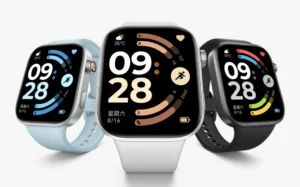




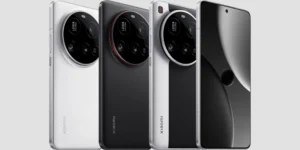

1 thought on “Xiaomi & Amazfit Fitness Trackers: Health & Disease Prevention Guide”